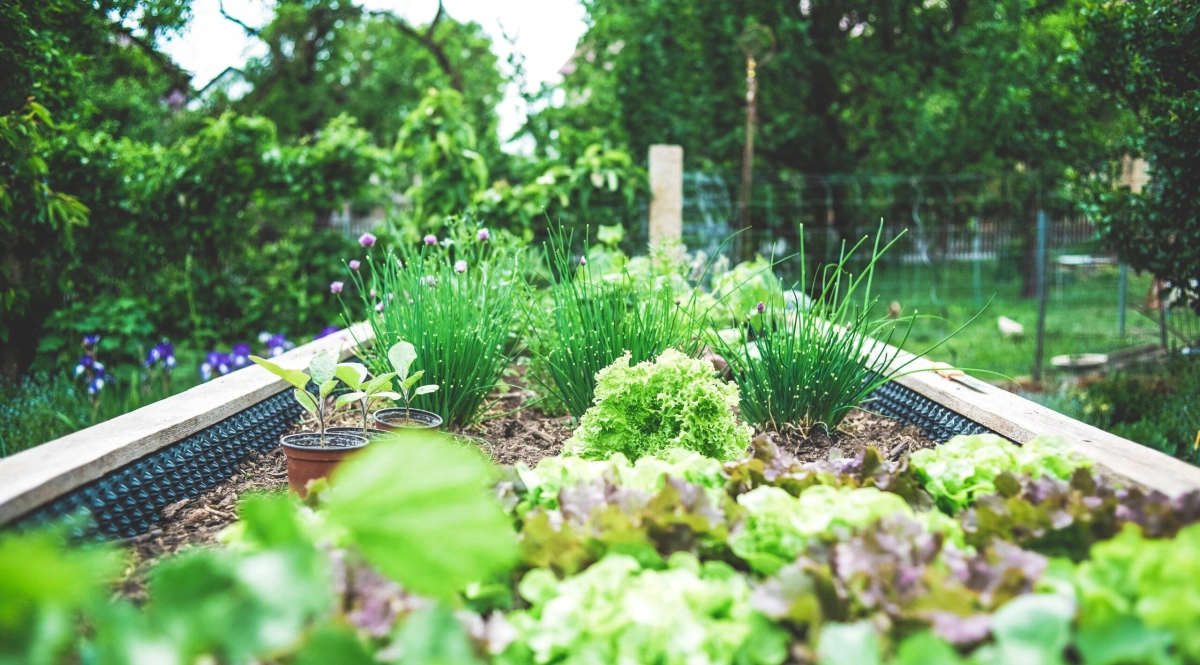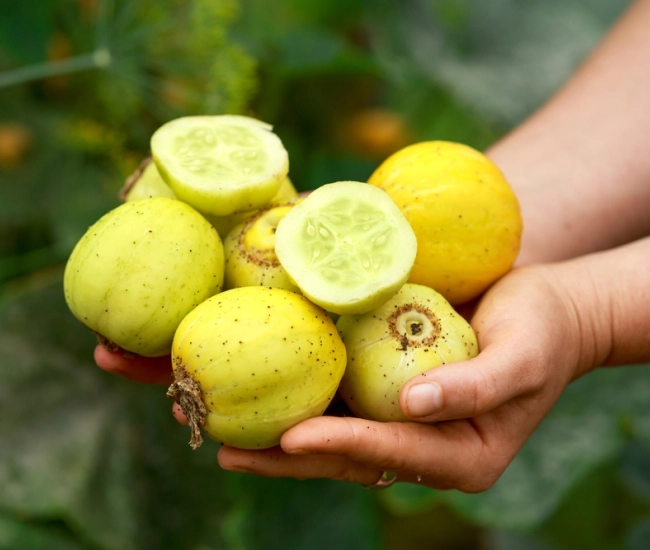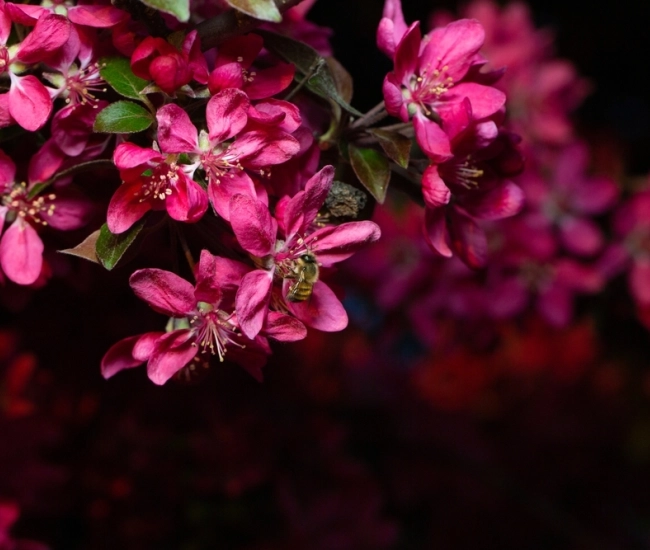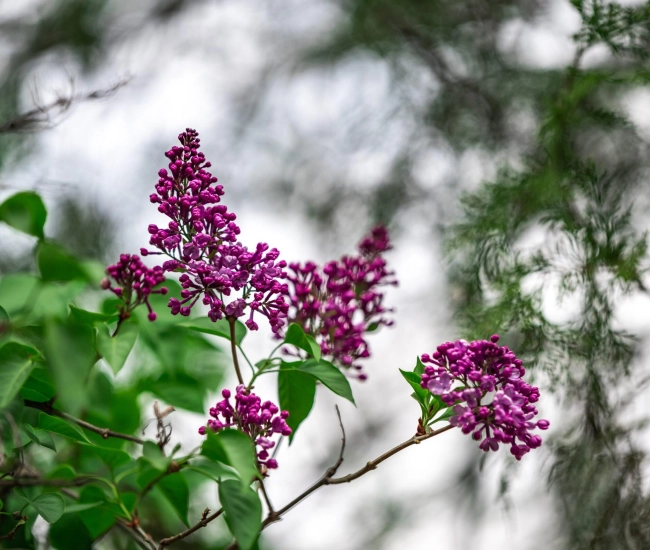
Ah, the month of May! Isn't it one of the most beautiful months of the year? The sun gets warmer and warmer, the days are long, we swap wool socks for sandals, and we spend more and more time in the yard: happiness! Although in some regions the risk of frost is still present and the weather needs to be closely monitored, several tasks can be accomplished in the vegetable garden.
Be careful not to rush. It's better to delay by a few days than to be caught by unfriendly weather that could have adverse effects on seeds and plants.
What to sow outdoors?
Some varieties of vegetables are not too afraid of the cold. Therefore, they can be sown as soon as the soil reaches a certain warmth. Use the timing of your first lawn mowing as a guide for sowing:
- Peas
- Lettuce
- Spinach
- Radishes
- Onions
- Garlic
- Leeks
What to sow indoors?
Cucumbers and zucchinis should be sown indoors two to four weeks before being transplanted outside. Start your seedlings at the beginning of May so they have time to grow well before being planted out in the first or second week of June, depending on the region.
Acclimate your seedlings
The seedlings you started indoors are now beautiful young plants just waiting to develop further in open soil. But be careful, they are fragile! For weeks, you've been pampering them by providing all the care they need under ideal lighting and protected from the elements. Before transplanting them into the garden, give them time to acclimate a bit. Take your trays or pots outside in the morning and bring them in at night. Place them in the sun, especially in the morning, so they gradually get used to the rays, the wind, and the temperature variations they will face once they reach their final destination.
You know the saying: "In May, do as you please?" Well, not quite!
Although at the end of May the days are often very nice, the nights are still cool. More sensitive varieties need soil around 18 degrees to be perfectly comfortable. While you can plant your cabbages, carrots, chard, lettuce plants, parsley, and oregano, that's not the case for all your vegetables. So wait before planting your tomatoes, beans, cucumbers, peppers, and basil. A late frost could catch you by surprise and cause a lot of damage. Continue their acclimatization outside, but be patient with planting.
Are there any vegetables to harvest as early as May?
By the end of May, you'll be able to harvest your first radishes, baby spinach, some lettuces, and green onions. Moreover, take advantage of the mini-radish harvest to sow new ones; it's not too late. You'll have a second harvest!
Watering, hoeing, and other tasks
- In spring, the soil is often quite moist. Insert your finger to check the state of the soil and water only if necessary. Preferably water in the morning, without wetting the foliage. Don't forget to water your plants that are being acclimated; they need more water than those in open ground.
- Hoe with a rake the rows where plantings have not yet been made and pull out weeds before they take over the space.
- Stake or tie up plants that need it before it's too late and the task becomes difficult. We love a well-organized vegetable garden!
- Remember, patience is a great virtue for the gardener. It's better to delay by a week than to lose your precious plants.
Tips and advice



